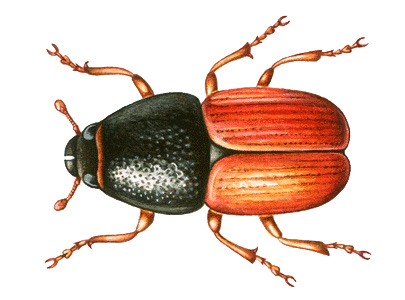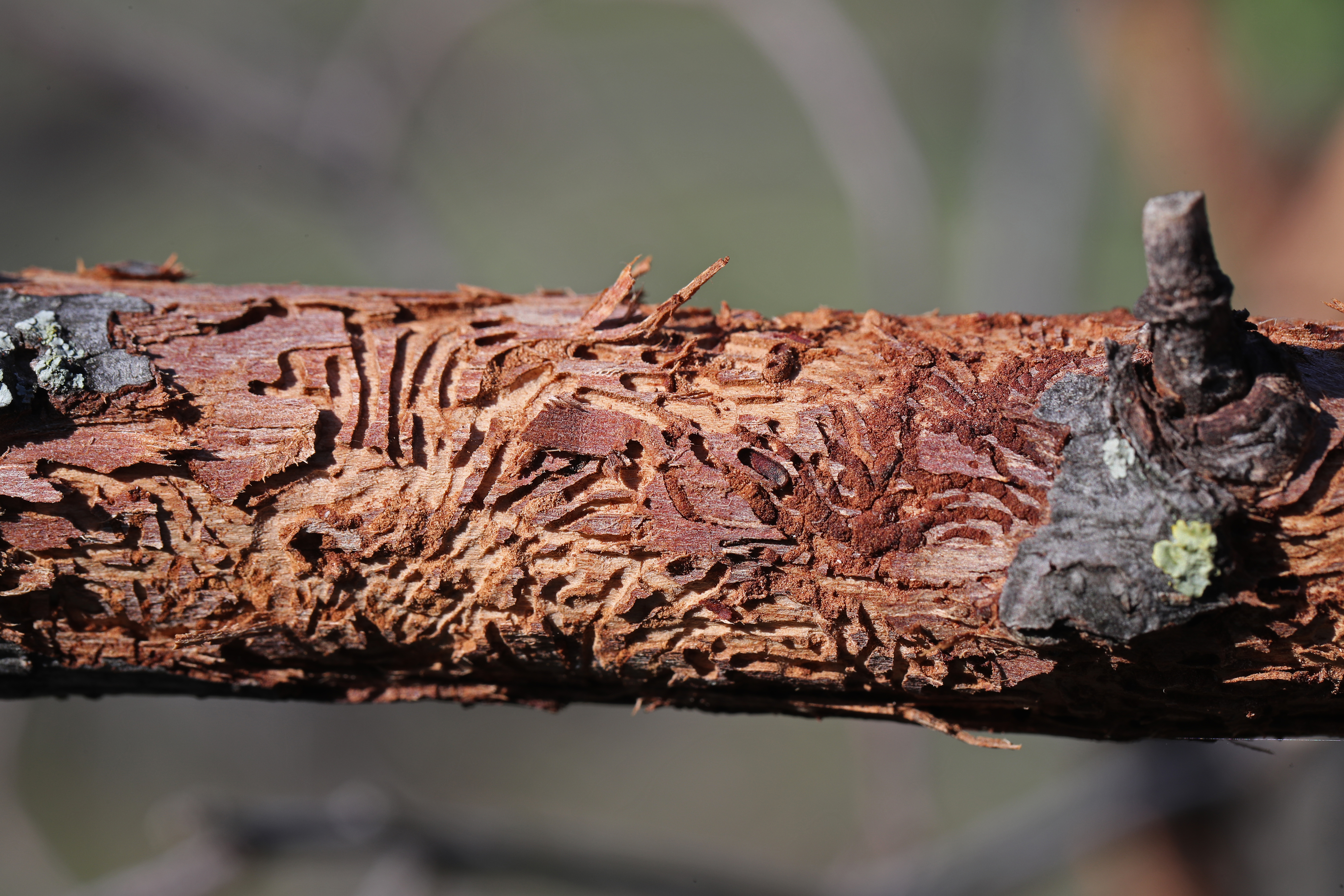Dutch elm disease is a severe disease of the elm tree. It is caused by a fungus carried by the native elm bark beetle and the smaller European bark beetle. It can cause the death of a large elm in four to eight weeks.


Dutch elm disease usually begins with a wilting of the younger leaves in the upper part of the tree. Later, lower branches become infected. By midsummer, many of the leaves turn yellow and then brown, and they curl and drop off. Some of the leaves remain attached to twigs. When diseased branches are cut, long brown streaks can be seen beneath the bark.
The best way to control Dutch elm disease is to plant disease-resistant elms. But few varieties of elms are immune to all strains of the fungus. The use of insecticides that control the beetles helps limit the spread of the disease. Spraying the trees with fungicides is not very effective. Many cities and towns have ordinances that require the removal of diseased trees.
Dutch elm disease is so called because the Dutch first observed it in the Netherlands in 1919. It became known in the United States in 1930 and was limited to an area close to New York City. The disease now afflicts elm trees throughout the nation.
